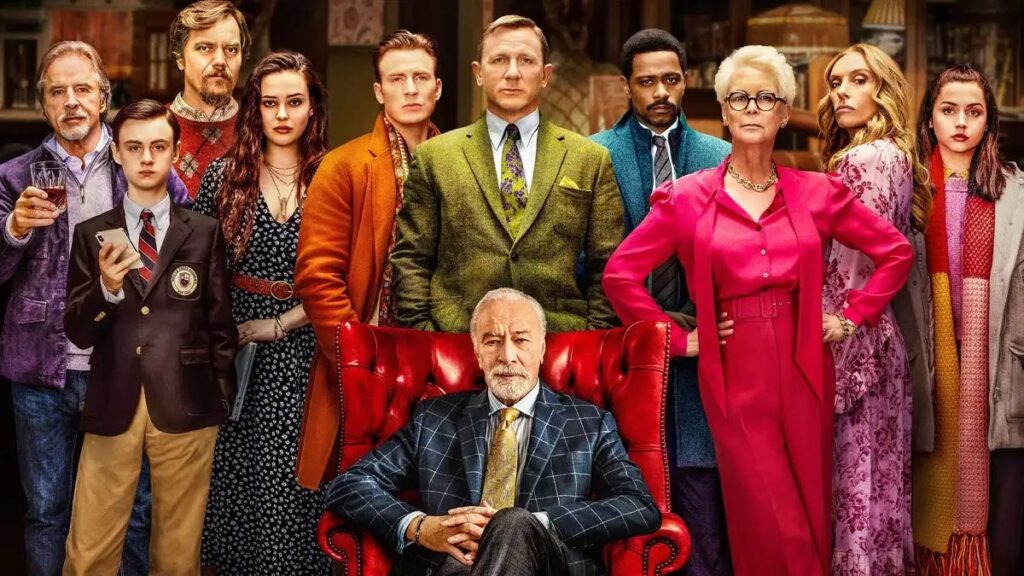
In the ever-evolving landscape of cinema, casting decisions often become the focal point of pre-release film buzz, sometimes overshadowing even the plot or directorial prowess. These choices can swing from widely celebrated to vehemently debated, particularly when they push against the traditional boundaries of representation, diversity, and artistic expression.
Breaking Stereotypes in Modern Filmmaking

The film industry, with its global influence, has seen its fair share of casting controversies that have sparked significant discussions. Such was the case when Daniel Kaluuya, a British actor, stepped into the role of an American revolutionary leader in “Judas and the Black Messiah.” Initially met with skepticism, Kaluuya’s riveting portrayal not only garnered critical acclaim but also ignited a broader conversation about the necessity for inclusive casting practices in Hollywood.
This instance underlines a pivotal shift towards challenging the entrenched norms within the cinematic world. Kaluuya’s success is a beacon for future casting decisions, proving that talent transcends geographical and racial boundaries and emphasizing the need for a more global perspective in film narratives.
The Whitewashing Controversy: A Persistent Issue

Scarlett Johansson’s casting as Major Motoko Kusanagi in the live-action adaptation of the Japanese manga “Ghost in the Shell” is another pertinent example. This decision led to accusations of whitewashing, a practice all too common in Hollywood, where characters of color are portrayed by white actors. The backlash from this casting choice brought to light the systemic underrepresentation of Asian actors in major film productions, fostering debates about cultural appropriation and the authenticity of representation in cinema.
Reimagining Iconic Characters
Controversial casting choices often serve to challenge the audience’s preconceived notions about well-known characters. Heath Ledger’s portrayal of the Joker in “The Dark Knight” is a prime example. Ledger’s transformation into the chaotic villain was initially met with disbelief, yet his performance is now celebrated as one of the most iconic in film history, reshaping the archetype of comic book villains and setting a new standard for character portrayal in superhero films.
Similarly, Tilda Swinton’s role as the Ancient One in “Doctor Strange” stirred discussions about gender and race in casting. The choice to cast Swinton, a white woman, as a character traditionally envisioned as an Asian male, was controversial but also sparked important conversations about non-traditional casting and its potential to redefine characters in innovative and unexpected ways.
Refreshing Classic Tales with New Faces
On the flip side, casting Michael B. Jordan as Johnny Storm in “Fantastic Four” introduced diversity to a character historically depicted as white. This decision, while controversial, highlighted the changing dynamics in superhero storytelling, reflecting a more inclusive approach to character development. Jordan’s portrayal brought new dimensions to the narrative, emphasizing that the essence of a character lies in their actions and values rather than their race.

Gal Gadot’s role as Wonder Woman similarly drew both applause and critique. Critics questioned her suitability for the part, yet her performance resonated deeply, offering a fresh take on female empowerment and becoming a defining moment for female superheroes on screen.
The Ripple Effect on Audience and Industry
These casting decisions, while often contentious, play a crucial role in driving discussions about diversity and representation in Hollywood. They influence ticket sales, audience engagement, and the critical reception of films, demonstrating that bold casting choices can indeed alter the trajectory of a film’s success and cultural impact.
Moreover, the controversies and conversations that arise from these decisions compel the industry to introspect and adapt, pushing for more thoughtful and inclusive casting practices. As audiences demand greater authenticity and diversity, the industry’s response can significantly shape its future, making cinema a more inclusive art form that mirrors the richness of the world it portrays.
In essence, bold and controversial casting choices are more than just casting decisions—they are catalysts for debate and drivers of change, challenging old paradigms and fostering a new, more inclusive era in filmmaking. The impact of these choices extends beyond the silver screen, influencing broader cultural dialogues around diversity and representation in media.
